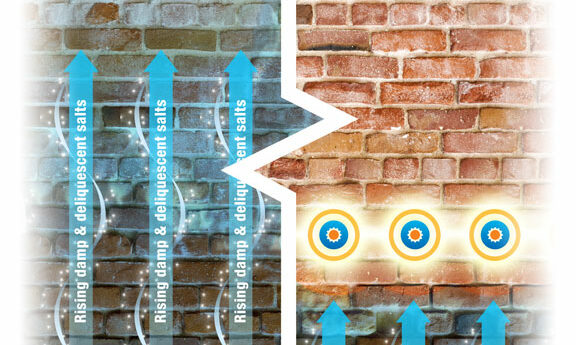BASEMENT TANKING IPSWICH, SUFFOLK & ESSEX
Basement Tanking in Ipswich, Suffolk & Colchester.
Considering basement tanking for your property in Ipswich, Suffolk, or Colchester? We’re the experts you need. Our team provides free consultations to assess your basement’s condition and suggest the most effective tanking solutions.
A basement without proper tanking can become a hotspot for dampness, jeopardising your health and diminishing your property’s value. Let us guide you with our professional insights. We’re dedicated to ensuring your basement remains dry and protected.
Get In Touch
Suffolk Damp Proofing Experts
01473 561 031
Basement Conversions Ipswich, Suffolk & Surrounding Areas
Basement Conversions in Ipswich, Suffolk: Transforming Spaces into Dream Places
Why Should You Get Basement Tanking?
Basement tanking, commonly known as Cellar Tanking, is the name for the process of coating the walls and floor of a cellar or basement with a waterproof layer. This waterproof coating functions as a water repellant, completely waterproofing your cellar and keeping it dry even when wet and moist conditions exist. If you decide to convert your cellar to a living space, cellar and basement tanking is an excellent technique to waterproof your basement (or basement conversion).
Tanking your basement makes it waterproof, which is necessary if you want to use it for living purposes. If you plan on using your room for anything that will have people in it for lengthy periods, tanking a basement eliminates any unfavourable health issues you or your family may be exposed to.
A cellar can be tanked in a variety of ways. In contrast to other methods that just redirect water flow, tanking slurry blocks have been described as one of the most successful and efficient basement tanking solutions since they prevent water and other moisture from entering the basement.
What Are the Benefits of Basement Tanking?
If you’re considering doing a basement conversion, you should think about basement tanking. It is very typical to have damp conditions in your home’s basement/cellar, especially during the seasons of the year when rain and heavy downpours are common. The procedure of getting rid of dampness on the walls is time-consuming and inconvenient, which is why basement tanking should be done as soon as feasible. Basement tanking serves as both a remedy and a repellent for damp situations, which is ideal if you intend to use such portions of your home for practical purposes.
Because the walls of your basement are below ground level, they are prone to wet conditions. This means that moisture from the earth moves through a semipermeable surface (your basement walls) in a process similar to filtration or osmosis. When moisture enters your basement, the walls become damp, creating the ideal environment for fungi and bacteria to thrive. This type of environment encourages the formation of mould in your home. When the walls in your basement get damp, they become cold, allowing moisture in the air to condense on them, resulting in wet walls and the growth of mould.
A basement conversion (cellar conversion) improves the amount of immediate living space in your home, allowing you to do so much more with it. However, it is critical to strive for the highest possible level of living. Basement tanking allows you to improve your property without having to worry about the health risks that damp and mouldy conditions can cause. Basement damp proofing is an excellent approach to mitigate these risks and get the most out of your new cellar conversion.
How Does Basement Tanking Work?
When it comes to waterproofing a basement, there are a variety of options. Using a cavity drainage system and basement tanking are the two most typical solutions (also known as Cellar tanking). Cellar tanking will be the way we’ll look at it in this essay.
The goal of basement tanking is to keep the basement or cellar as dry as possible while keeping outside moisture out. It also keeps the cellar walls and floor warm enough to avoid condensation on the inside of the basement, which leads to moisture buildup.
When it comes to waterproofing a cellar, basement tanking is known to be preferred over installing a cavity drainage system. This is because, rather than simply moving water to a different site, it entirely prohibits water from entering.
Why should you have your basement waterproofed?
To secure your home, you must have your basement waterproofed. If you don’t have effective waterproofing in your basement, your items are vulnerable to moisture and floods.
Furthermore, waterproofing a basement expands your usable living area, providing you with an additional room that might add value to your home.
If you find damp walls in your basement, don’t hesitate to contact your local experts. They’ll do a thorough inspection and diagnostic survey of your basement to determine the extent of the rising damp issues.
What You Need to Know About Basement Tanking
Basement tanking is one of the most efficient methods for eliminating and preventing dampness in your basement. Many people, however, are still unsure what it is. This blog will provide an overview of basement tanking and the advantages it can provide.
What exactly is basement tanking?
Basement tanking is a treatment that is applied to basements to keep wet from gathering or to remove any existing damp. It is accomplished by placing a liquid waterproof lining along the walls, forming a tank around the basement, and preventing moisture from leaking in. It’s one of the oldest methods of basement waterproofing, but due to the watertight layer it provides, it’s still very effective.
There was little mortar between the foundations of older structures when they were built. As a result, walls began to split and water began to pour through them. Eventually, the building will develop leaks and dampness.
What Advantages Do You Get?
One of the main advantages of basement tanking is that, unlike other damp proofing methods, it does not allow any water to pass through the walls. This is because the basement is surrounded by a watertight layer. Many other types of damp proofing let small amounts of water into the walls, but evaporation removes it. If something goes wrong and the proofing fails, you’ll have a lot of water caught in your walls. However, with tanking, this risk is greatly decreased. Other advantages include:
- Can help you get a better deal on your house
- Avoid the long-term health problems that come with dampness.
- Lowering your energy bills
- Reduced risk of structural damage
Finally, it improves the appearance of your basement! The lining creates a smooth surface along the wall, which is both aesthetically beautiful and prevents moisture from leaking into the wall.
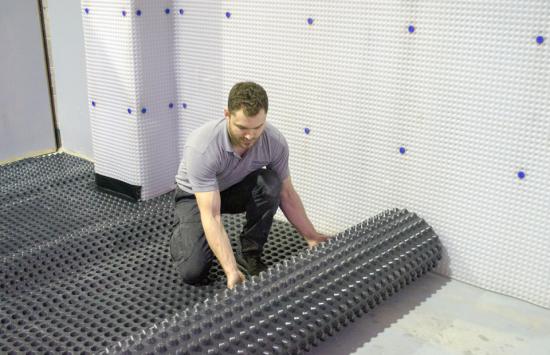
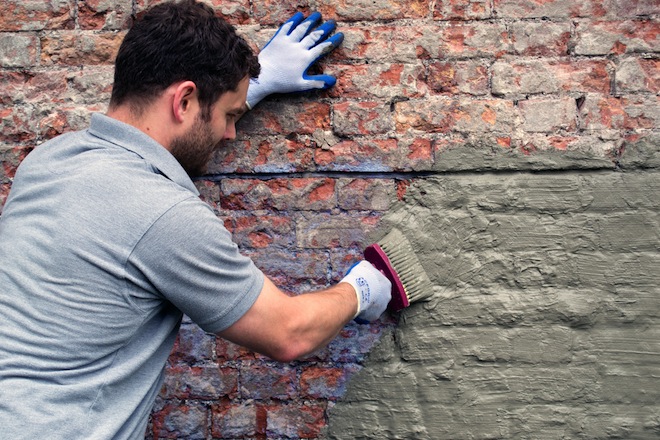
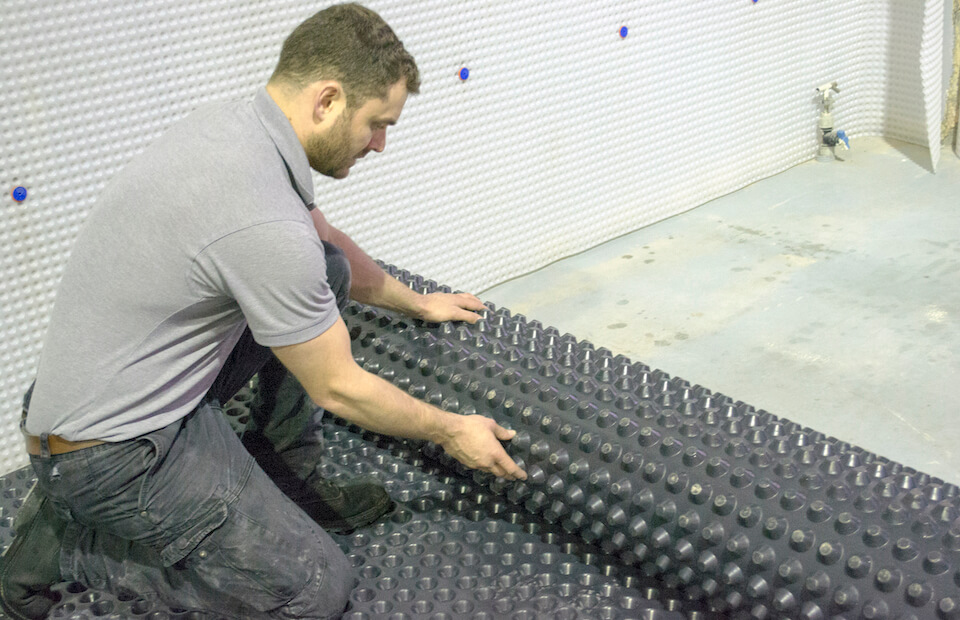
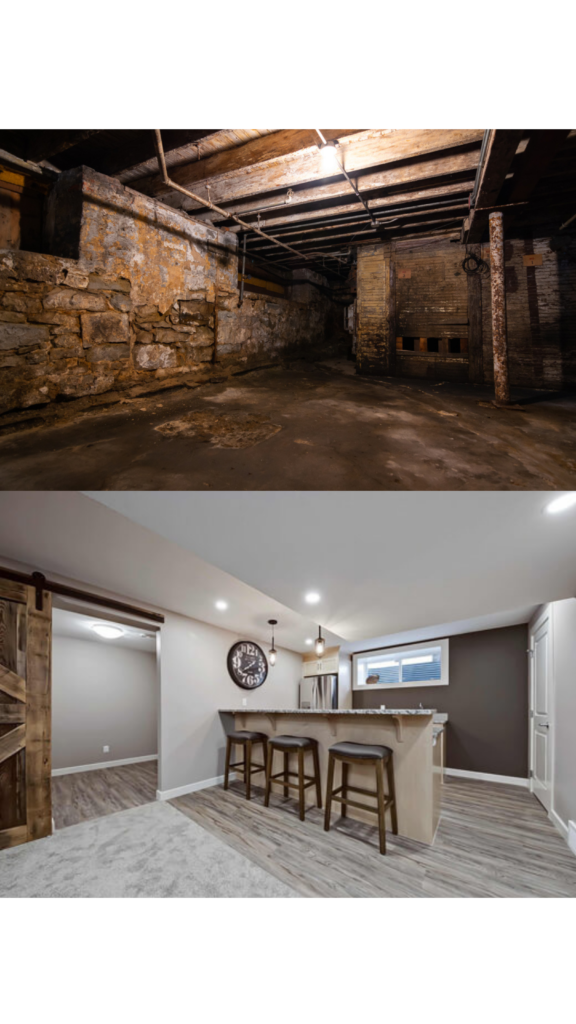

Book A Free Survey
Damp Proofing Specialists Ipswich, Suffolk & Colchester
- Damp Proofing Services
- Timber Treatment
- Condensation Control
- Rising Damp Treatment
- Penetrating Damp Treatment
- Plastering
- Carpentry
- Decorating
FAQs
It is vital that your property has a damp proofed structure that will protect the building from problems such as penetrating damp, rising damp and below ground damp.
A Damp Proofing system is a moisture control barrier that can be applied to walls, floors and the structure to prevent moisture from passing into the interior living spaces. Damp issues in buildings is extremely common in the UK and damp remedial treatment is one of the most common property care repairs.
Plaster must be removed during the damp proofing process as rising damp coming from the ground not only brings moisture but also brings hygroscopic salts, nitrates, and chlorides.
Hygroscopic salts attract moisture from the atmosphere. These salts will contaminate the plaster inside the property and even after a remedial DPC has been inserted the salt contaminated plaster can still become damp. It is vital that contaminated plaster is stripped and replaced during the treatment.

